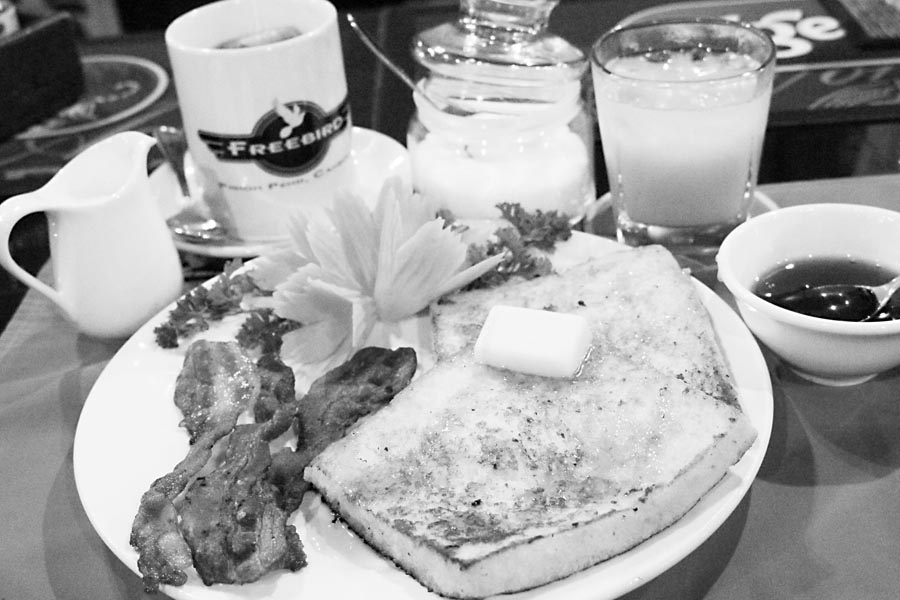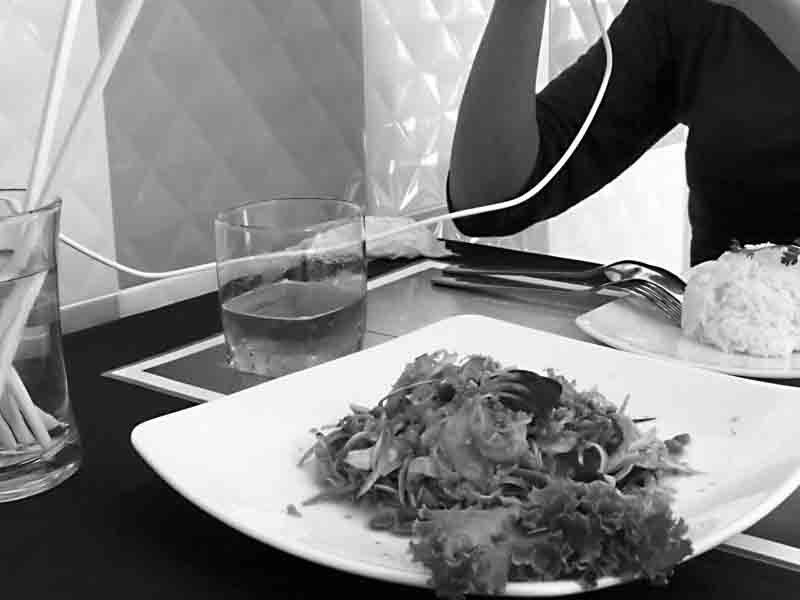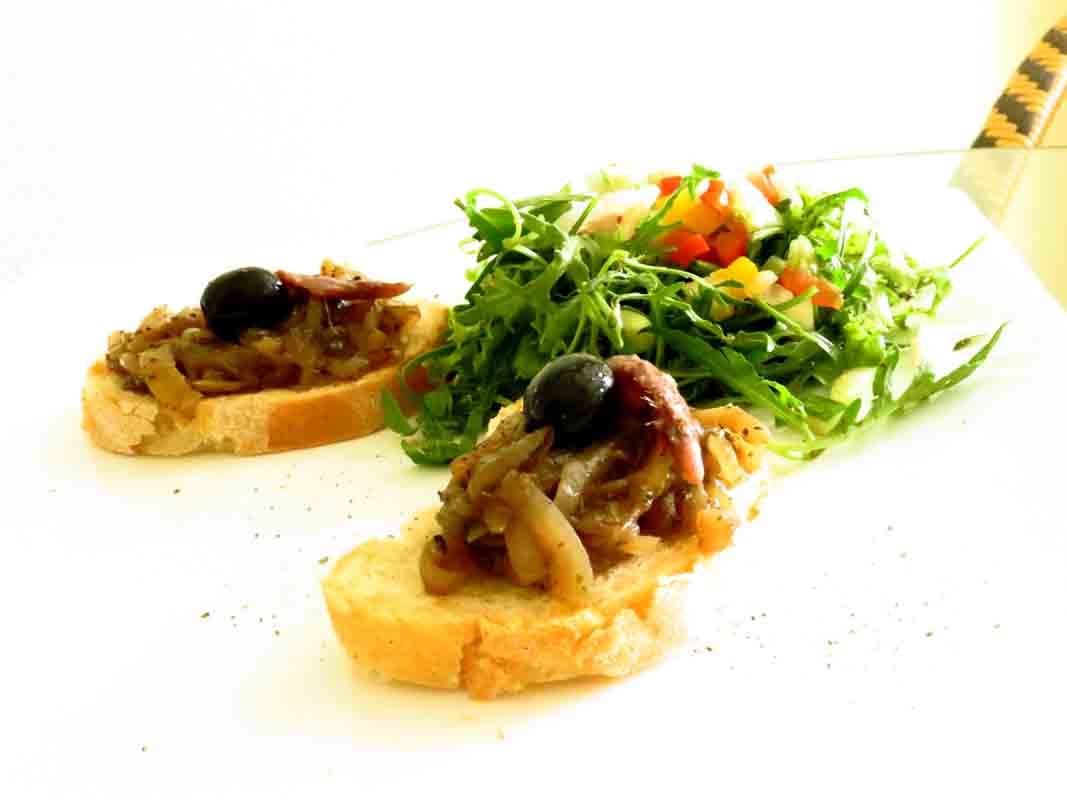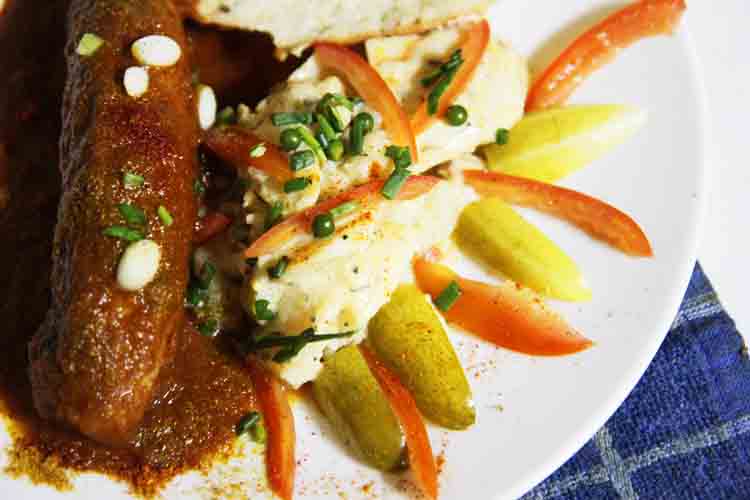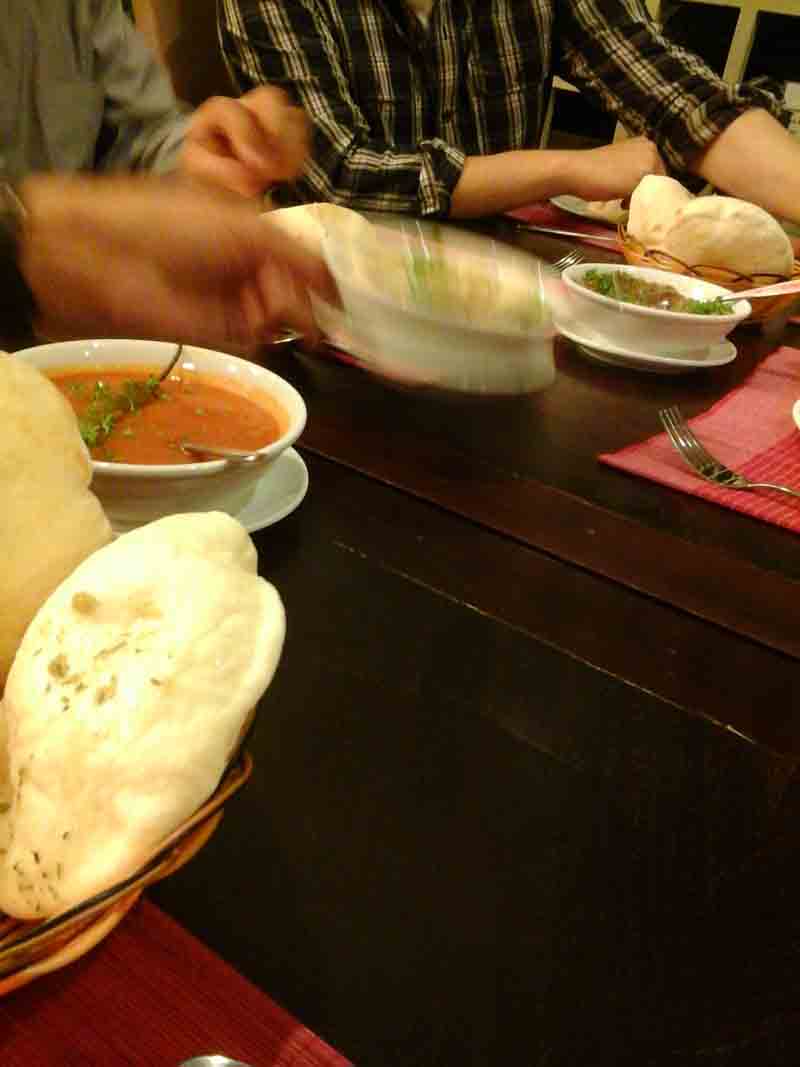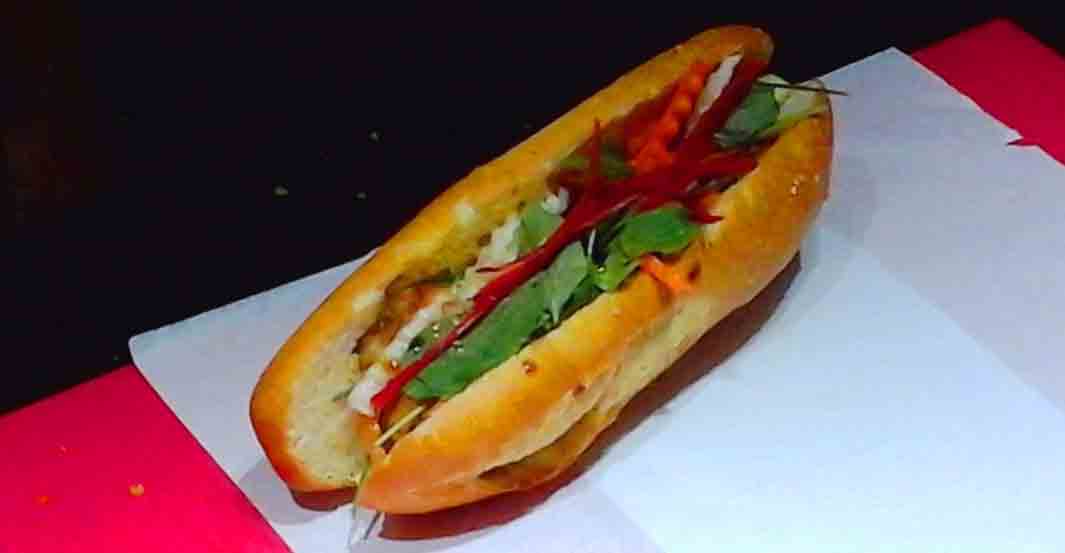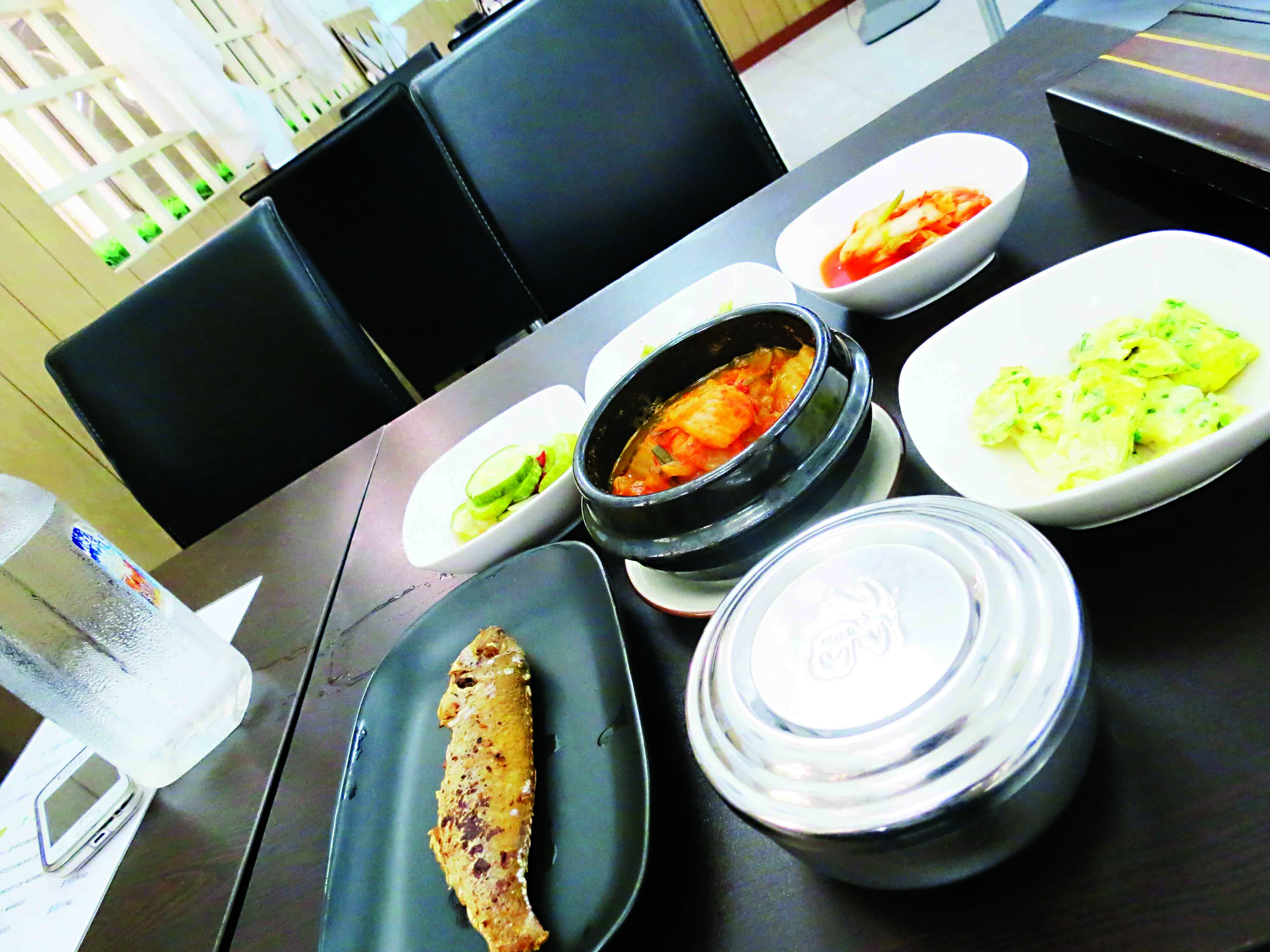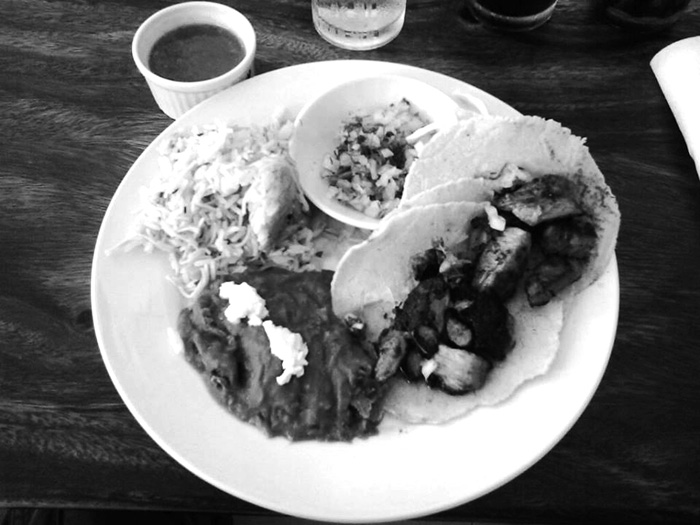American French toast, a version of pain perdu, is not my favourite dish in the world; it’s something I have to be in single-minded search of. If presented with this dish unguarded, most of the time I’ll decline. Just some mornings one wakes up with a vision of the meal they have in mind and this is especially true when one craves something not in their usual gastronomical repertoire.
This particular morning, a desperate quest for the ineffable plate of diner-style French toast with a giant pile of bacon, extra crispy, one large pat of butter, and real maple syrup was summoned forth from a place deep inside. These visions came into play from the internal life nostalgic, where cartoon word-searches were conquered on paper placemats; battle plans imagined by L’Enfant in primary colour-crayoned brilliance were lacquered in maple syrup and ratified against spilled orange juice on vinyl tablecloths for eternity, or at least until it was time to load up and leave. This was a time in life when the word ‘French’ was equal to ‘fancy’ and ‘classy’; in my American mind, it still is.
As the United States marched into war with goddamned Saddam in 2003, our dear French friends suggested they call us a cab, because the leaders of my country might in fact be drunk. Our Congress retaliated, although not too formally, by shunning all things quasi-French – or understood to be French – from their hallowed canteen. This was one of the more lighthearted moments of inefficacy since 9/11 and I long for the days of genteel absurdity from Congress, not plutocratic spew. Freedom Toast, Freedom Fries, Freedom Dressing, Freedom Bread and Freedom Kissing: this was just a lame bunch of sad sabre-rattling that distracted from the seriousness at hand.
The French and the Americans have a strange and passionate love/hate relationship unique unto itself and this will always be the case, Freedom Toast or not. We agree on bread, we agree on eggs, we agree on putting them together and we agree, affectionately, on the mutual insufferableness of either side. Hope is not lost when there is bread to be found, even when you can’t stand that your most fiery friend made the loaf to prevent you from starving.
Wandering through the streets of Phnom Penh, I was presented with menus heralding thick slabs of bread, with ice cream and berry compote, served on white tablecloths. Further down towards Wat Phnom, in neatly situated stainless-steel pans, thin slices were lying like comatose neonates under heating lamps, presented for your pleasure in the various mid-priced hotels, hardening on the top and mushing on the bottom. Pathetic. I walked along the riverside and saw French toast on a few menus, but watching for a few moments the bacon from these kitchens came out limp and pale, like a melted Pink Pearl eraser; not deep red, crisp, snapping to attention when bit into like dry leaves under heavy boots.
These were honest copies, but not true to the vision. I moved on. Three-and-a-half miles of walking later, Freebird shone bright as the beacon of respectable love-it-or-leave-it, squared-away Americana in Phnom Penh. The natural resolution to the morning’s wandering: hot coffee, salty bacon and two slices of what I pretended was Wonder Bread grilled up. No ice-cream, no compote, no weak-looking bacon, no half-melted butter. REAL maple syrup. This was familiarity in the face of contempt.
Three ol’ boys in their early thirties, from somewhere lower than Memphis and more west than Biloxi, were sitting in the middle of the bar. One of the handsomest of the three gulped down tequila sunrises at eight minutes till noon, a wicked lady to bring out before sunset, but who’s judging? All three had been in the service, all three were slapped with the grunt stick, and all three were there to soak up their hangovers, read the paper, crack a couple of jokes and move onto their next watering hole. Stepping off with their left foot, thumb to forefinger, General La Fayette would have smiled at their retained precision while in town. The calf of one told a familiar story of the progeny of the Continental Army: inked boots, M-9, dog tags, a sad but familiar silhouette in motion.
I hummed along to a few of the songs in the background, enjoyed the sounds of my mother tongue in various stages of movement. A North Dakota accent here, a Japanese-American blend there, straight up East-Coast Standard, some sprinklings from Louisiana, and a light I-10 west pushing-out-of-Texas-through-into-California lilt, where LA is pronounced ‘Elay’ and Phoenix is elongated into ‘Phoeeenix’. In the company of these sweet/salty words of nourishment, I ate my toast in silence, letting the language and the meal soak into the dry pit of my stale stomach. Hope wasn’t totally lost and neither was the bread. The rest can be damned.
Freebird, #69 Street 240; 023 224712.
